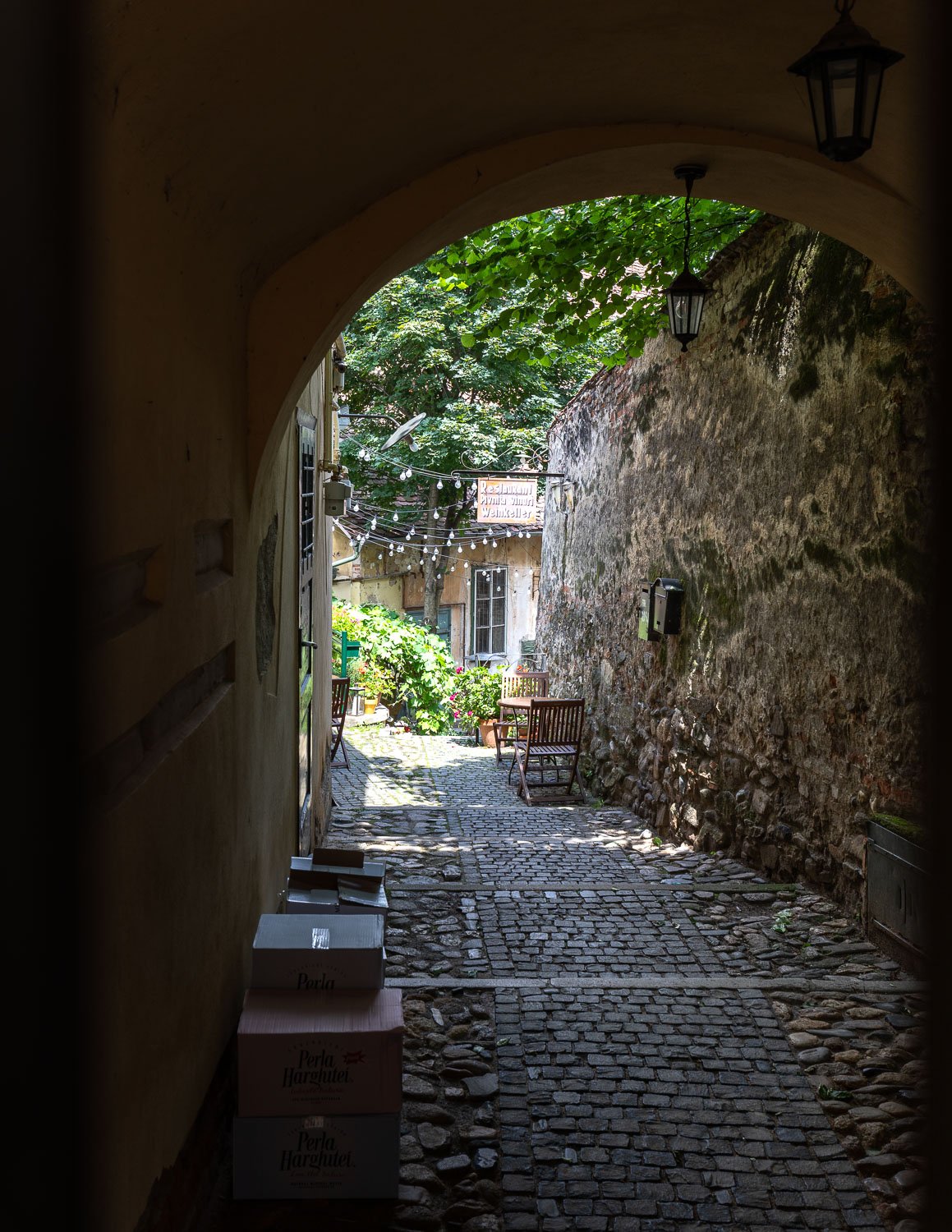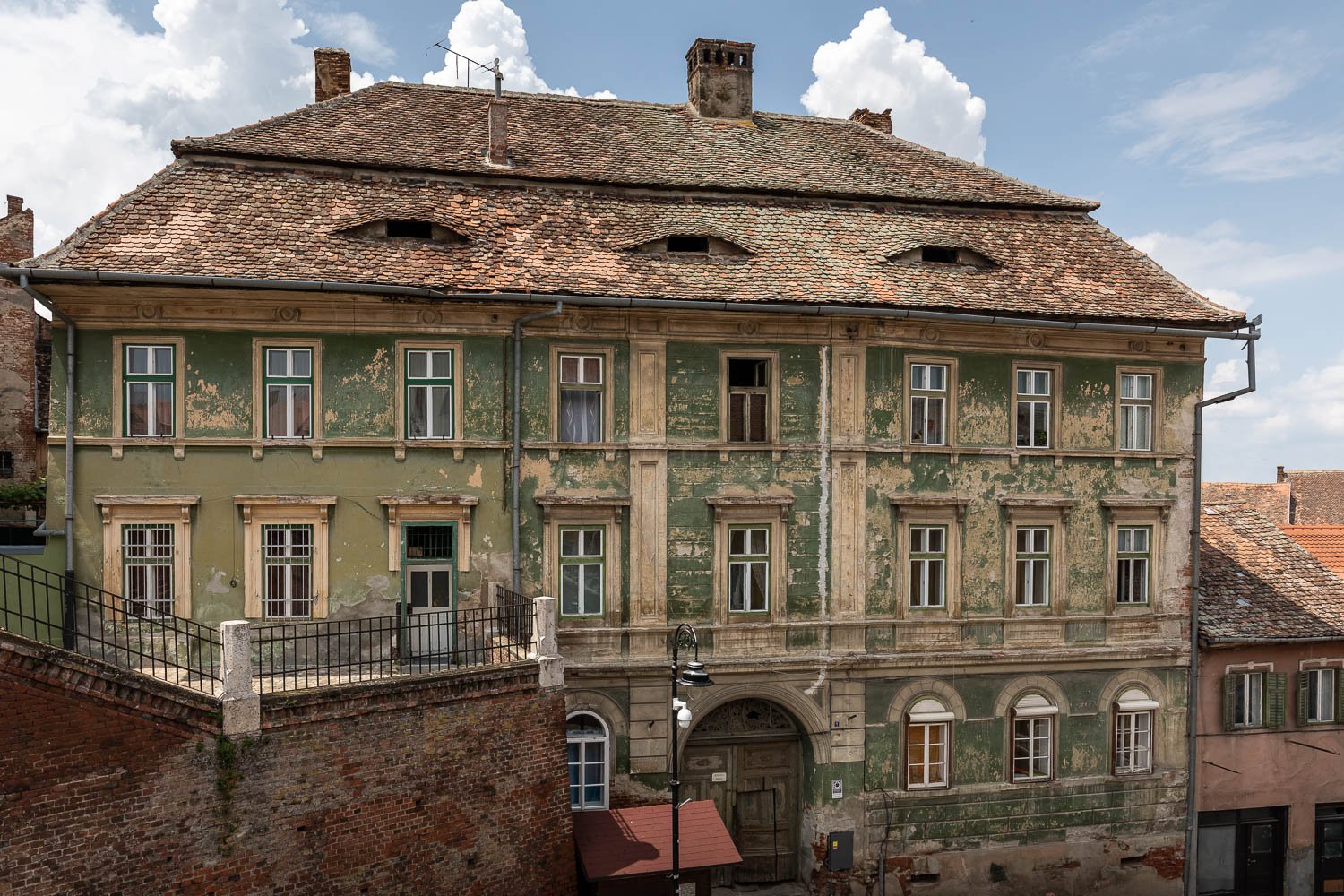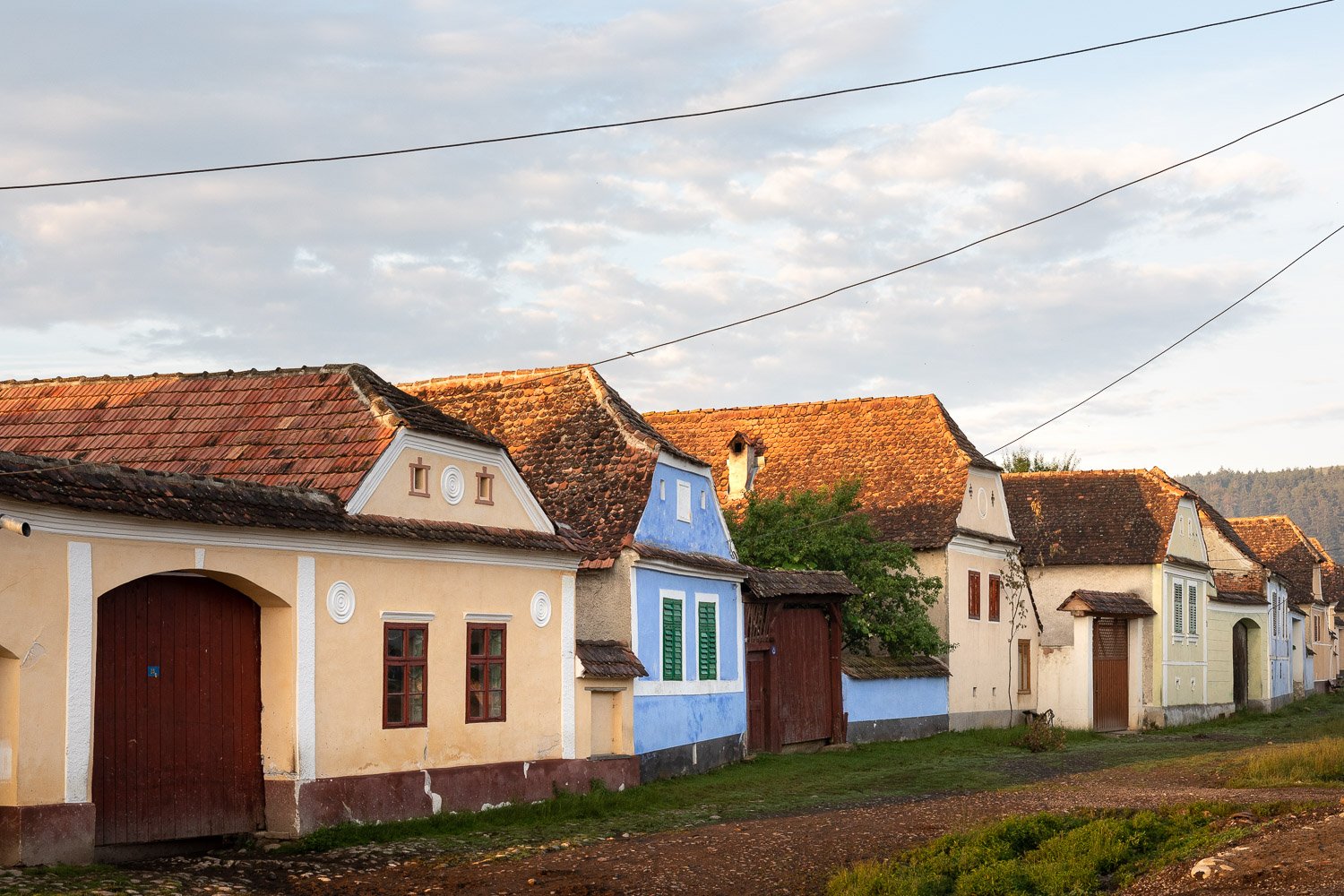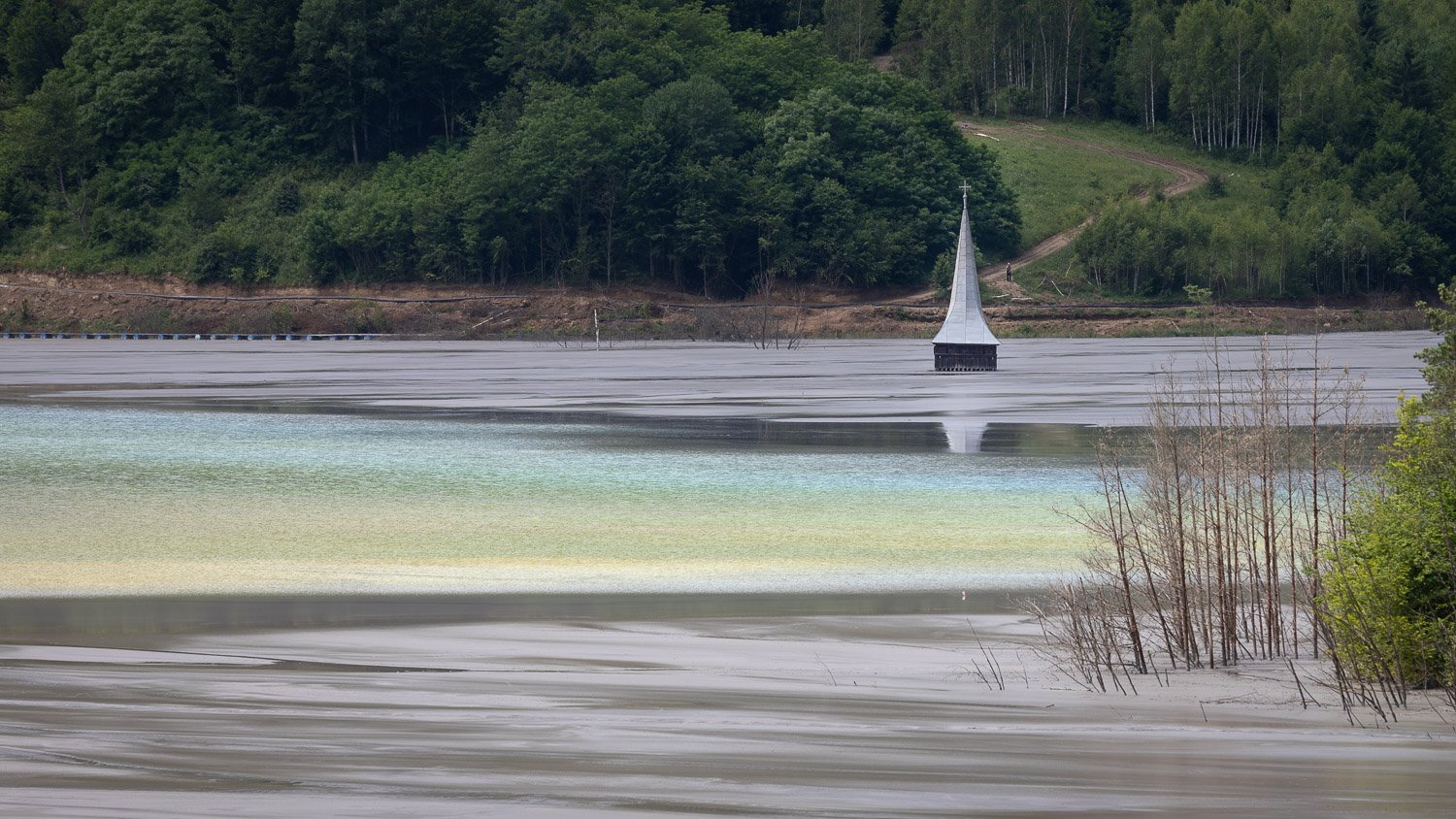Transylvania
What do you think of when you hear the word ‘Transylvania’? Dracula, the Rocky Horror Show? What about ‘Romania’? Ceaușescu? Who can forget the awful images of the Romanian orphanages that emerged in 1989? Brutal Communist architecture? That’s pretty much what I had in my head when I booked a photo trip to Transylvania. To be honest, I didn’t even know exactly where it was in Romania!
I have since been surprised to learn that Transylvania has only been officially tied to Romania for a century. As World War I was drawing to a close, one day before the Armistice on the Western Front, Romania re-declared war on the Central Powers and began a push into Hungarian land. Its target was Transylvania that, ethnically, it regarded as its own, but which had long been in the possession of either Hungary or the Ottoman Empire. Much of the territory taken in a nine-month postscript to WWI, including Transylvania, was ceded to Romania in the Treaty of Trianon on 4th June 1920. In the following years, Romania has seen further trauma from a fascist government to an oppressive Communist regime.
Put all that out of your head. Transylvania is absolutely beautiful. It is rustic and agricultural with fields flanking the highways. In the smaller towns and villages, you are as likely to see a horse and cart being used as a motor vehicle, and people harvesting crops with scythes where their piece of land is too small to use machinery. And even the towns I saw are pretty ~ yes, there is some prosaic Communist architecture, but the historic centres have retained their architecture and charm. And the people are lovely; incredibly friendly and helpful.
The starting point of the trip was Sibiu, which is about 171 miles northwest of Bucharest. I arrived a day ahead of the rest of the group, which allowed me to recover from arriving at the extremely unsociable hour of 3am, and to see a little of the town. Sibiu was the capital of Transylvania 1692-1791 and 1849-65, and was formerly the centre of the Transylvanian Saxons, a people of German ethnicity who settled in Transylvania in waves starting from the mid-12th century until the mid-19th century. These Transylvanian Saxons became part of Romania’s broader German minority from 1919, but relatively few still live in Romania.
Click on the images to see the full size
Sibiu was initially a Daco-Roman city called Cedonia. It was re-founded by the Saxons and became an important trade centre in the 14th century - there were 19 guilds of craftsmen in 1376 - and it was one of the most important fortified cities in Central Europe. Multiple rings of walls were built around the city, most of them out of clay bricks. Today, the southeast fortifications are the best kept where there are three parallel lines still visible: an external earth mound, a 10m high brick wall and towers linked by another 10m high wall. All the structures are linked by a labyrinth of tunnels and passageways designed to ensure transport between the city and lines of defence.
The town is divided into an Upper Town, which is organised around three city squares, and a Lower Town with rustic two-storey houses. Many of the houses have tall attics with small windows known as the city’s eyes ~ and they do look like sleepy eyes watching you!
On leaving Sibiu, we travelled to Avrig to visit the Fabrica de Sticla, which is a traditional glass-making factory. Here, more than 50 people blow and shape the glass, polish it and pack it. The factory building has seen better days and could do with some maintenance. This is probably unlikely to happen as we heard how the Romanian government is bringing in a new minimum wage, which is great, but, for businesses like the factory that have negotiated the prices on their orders well in advance, this will impact heavily on profit margins etc. Health and safety as we know it was non-existent ~ shorts, vest t-shirts and flip flops were all worn around the molten glass! We were able to wander around at will, so long as we didn't get in the way. Standing watching the process, you became aware of a rhythm and pace to the work. Each person had a role to play and they all worked around each other like well-oiled cogs in a machine.
And then it was onto Bran. Of course, being the home of Bran Castle, it was hoaching with visitors; it’s probably just as well we didn’t go and look round the castle. Instead, we photographed it. It's a beautifully imposing building best viewed from the garden of a lovely 91 year old lady called Maria who told us her husband had been the mayor of Bran. Although known as Dracula's castle, Bran doesn't have any historical association with Bram Stoker. Vlad the Impaler, or Vlad Dracul, after whom Dracula is apparently named, may have been imprisoned there in 1462. It was originally built in the 1300s as a fortress and customs house.
Given that the majority of folks had arrived that morning at the unearthly hour of 3am, there were no plans to get up for sunrise the next morning. However, I’m not the best of sleepers so I woke up really early and could see an orange glow coming through the flimsy curtains of my room. I literally staggered from my bed to the balcony with my camera and took a couple of shots of the vista before me ~ it was absolutely beautiful with the sky aglow from the sun, and the hills receding off into the distance.
After breakfast, and some muttering from the rest of the group about missing the glorious sunrise, we left to visit the Libearty Bear Sanctuary near Zarnesti. One of the bears we saw was Monica (image on left below) who had spent more than 15 years behind bars in a zoo from Ploiești. Apparently, she is the most aggressive bear in the sanctuary; she is in an enclosure with only one other bear that she tolerates. To me, she just exuded sadness (I know we shouldn't anthropomorphise animals, but that was what I saw in her).
The sanctuary was created because of the need to rescue bears found suffering in small and rusted cages around the country where they had been used as pets or as attractions for restaurants and petrol stations. I saw one such cage which wasn't even big enough to allow the bear to turn round ~ heartbreaking. The bears were all caught from the wild as cubs and had lived all their lives in confined cages with a poor diet and little or no veterinary care. This practice of keeping captive bears was illegal, but until the bear sanctuary was created the authorities were unable to confiscate the bears due to the lack of facilities available to care for them. In 2007, Romania joined the European Union and that brought new laws, including the EU Zoo Directive, which meant all zoos in Romania had to come up to a certain standard of animal management. Many zoos could not comply and the bears in these zoos faced euthanasia, but were saved by being re-homed in the bear sanctuary. The sanctuary currently homes about 100 bears in a number of enclosures all within 69 hectares of oak woodland. Visits by the public are limited to a couple of hours each morning and are by guided tour only to reduce the impact on the animals.
The next day, en route to Viscri, we had a lunch stop in Brașov with a quick visit to the Citadel Fortress to get a view over the city. As cities go, it seemed quite small, and was obviously divided in two with the Communist tower blocks to the left and the medieval town centre to the right, from our viewpoint (there’s probably a song in there). I applauded its gutsy attitude though; like Hollywood, it had its name in large letters on a hillside.
And like Sibiu, Transylvanian Saxons played a decisive role in Brașov's development. Germans living in Brașov were mainly involved in trade and crafts. The location of the city at the intersection of trade routes linking the Ottoman Empire and Western Europe, together with certain tax exemptions, allowed Saxon merchants to obtain considerable wealth and exert a strong political influence. They contributed a great deal to the architectural flavour of the city. Fortifications around the city were erected and continually expanded, with several towers maintained by different craftsmen's guilds, according to the medieval custom. In 1689, a great fire destroyed the walled city almost entirely, and its rebuilding lasted several decades.
During the communist period, industrial development was vastly accelerated. Under Nicolae Ceaușescu's rule, the city was the site of the 1987 Brașov strike. This was brutally repressed by the authorities and resulted in numerous workers being imprisoned.
Romania is the land of fortified churches and we stopped at Prejmer (Tartlau) to have a quick look round. It is the largest fortified church, and was founded by Catholic German Teutonic Knights, eventually taken over by Transylvanian Saxons. It became Lutheran following the Reformation in the 16th century.
When invaders broke through the Buzäu Pass, which connects SE Romania with Transylvania, the first place they encountered was Prejmer. The village was destroyed over 50 times between the 13th and 17th centuries, while the church was rarely captured. Due to its strategic position, the church was strongly fortified in the 15-16th century; the tunnel has a portcullis. There are over 270 rooms around the church that could offer shelter to some 1600 villagers in case of attack. They’re all pretty small and it was exceptionally dark in there - it didn’t take much imagination to get a sense of how crammed it would have been when full.
Small-scale farming is still prevalent in Romania. In Viscri, a UNESCO World Heritage site, time has, to some extent, stood still. Most families own a few cows, which come out into the streets in the morning, not long after sunrise, after being milked. A herdsman gathers them up and takes them to pasture. At the same time, the locals who have just milked the cows go up and down the streets with their churns on small milk carts. They go to the collection centre to sell their milk; this is how most of them make a living.
The main street in Viscri is little more than a dirt track, albeit quite wide. It is lined on either side by a continuous façade of colourful houses with shuttered windows. (Prince Charles has a house here - I had a squint through a hole in the gate, but he wasn’t at home.) Each house has a large, often arched, gateway with wooden doors. Behind the gateway is a small farmyard where the animals are housed. Along the main street are large water troughs, some are hollowed out tree trunks. As the cattle, and some goats and horses, come out into the street, the numbers grow; a couple of herdsmen and dogs to keep everything moving. They turn a corner onto a perpendicular street and carry on out of the village to the pasture where they remain for the day. At the end of the day, the process is reversed - the animals are so used to the routine, they turn off at their own farmyard with no prompting.
Up in the hills above the town, groups of shepherds tend flocks of sheep along with their ferocious dogs. We went up to visit some while they milked the sheep. They do this by hand and then make cheese from the milk. We made the somewhat bumpy journey by horse and cart and pulled up alongside the small lean to where the milking takes place. Arriving as we did at a height to see in through the side window, the slightly restricted view made what was going on seem highly inappropriate - I’m not going to attempt to describe it, but it caused a great deal of hilarity in the group.
You’ll not be surprised to learn that Viscri has a fortified church: the White Church. Its construction began in 1100. In 1185, Saxons colonized the area and the Viscri settlement was officially named in 1400. The church gave the village its name. The first towers were added around 1525. In the 18th century, a defensive wall and a covered passageway were built.
Our final destination of the trip was to be the Raven’s Nest Hidden Village at Dumeşti - a wonderfully secluded hotel formed of 19th and 20th century wooden houses that have been dismantled and transported to the location 900m up in the Carpathian Mountains, and then reassembled.
On the way, we visited Emil Pandera who is a beekeeper; he supplies Highgrove with hawthorn honey for Prince Charles. Then a stop to visit a Roma family of coppersmiths. The Roma lived at one end of the town and it was a sight to behold ~ they obviously all try to outdo each other with their houses. Most were huge and some quite Disneyesque with turrets and (to my mind) over the top decoration. It was a real display of conspicuous consumption and wealth.
‘Our’ family’s house was large, but not ostentatious. We spent some time photographing them and were then invited into the house to be given a glass of their homemade brandy, which was best downed at speed. It brought tears to my eyes!
We spent a couple of nights at the Raven’s Nest enjoying the solitude of the location. During our penultimate day, we had a little explore of the surrounding area going well off the beaten track to visit a poisoned lake. How it became a lake and came to be poisoned is a bit of a sorry tale.
In 1977, plans were announced by Ceaușescu to build the Roșia Poleni super mine. Affected residents were offered around £1500 each to leave their homes, some of whom had been there for generations. A year later, the village of Geamana was evacuated and deliberately flooded to make way for what was one of Europe’s largest copper mines; at its peak, the mine was producing 11,000 tons of copper per annum. The waste products from the mine were washed into the man-made valley spelling the end of the remote community. The water is continuing to rise. It has the most amazing colour - a real case of toxic beauty.
As well as being the land of fortified churches, Romania is also the land of thunderstorms. We had the most incredible thunder and lightning every night, which produced some lovely misty conditions some mornings. Our last night was seen out by the most spectacular storm of the trip with an incredible show of lightning. The next morning saw the valleys filled with thick mist and as the sun rose there was a beautiful, soft colour to the sky. The mist danced around the hilltops as if to music, weaving in and out of the trees and barns. It was delightful. I had a heavy heart when I reluctantly packed up my camera to head home. It’s a country I would love to return to.
The tour was organised by Light and Land and led by Paul Sanders
Our Romanian guide was Daniel Rosca of Romania Photo Tours and True Romania Tours





























































